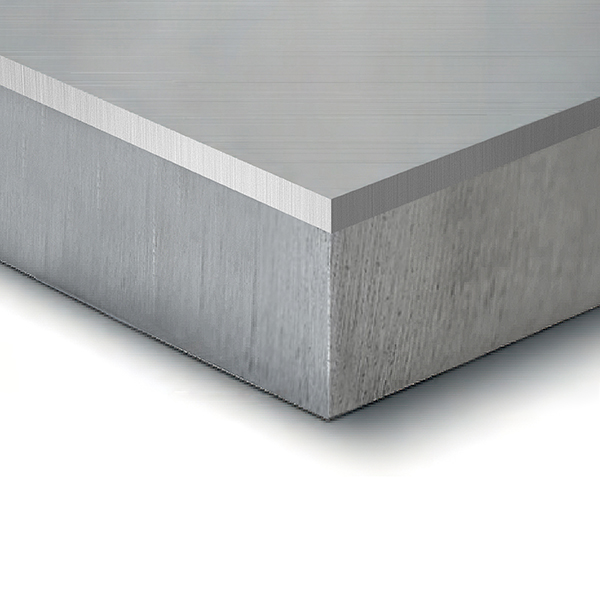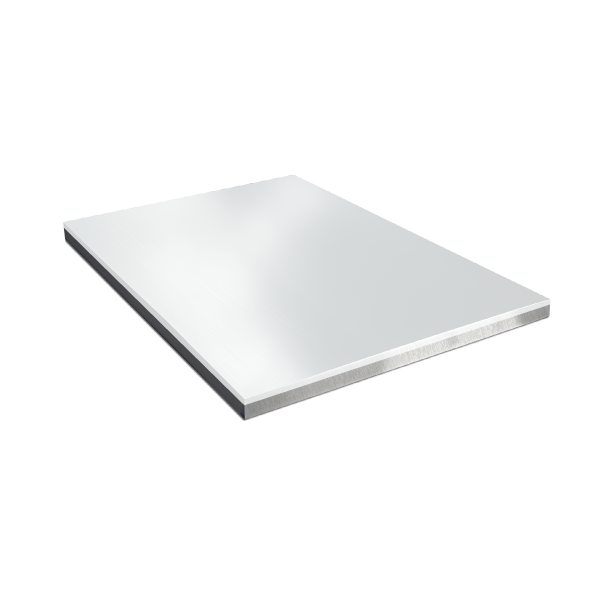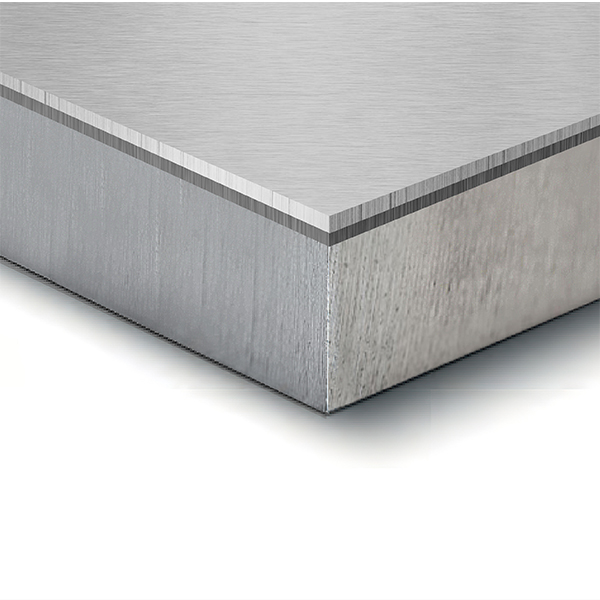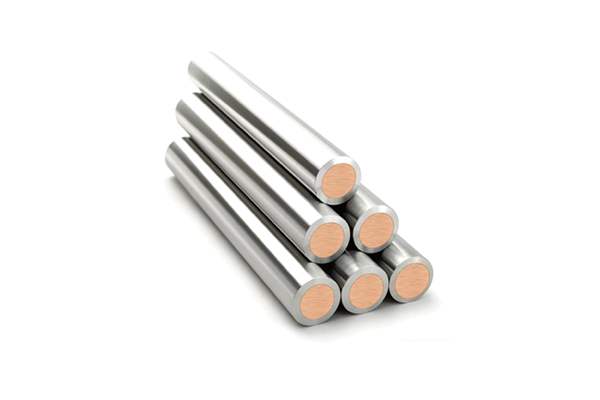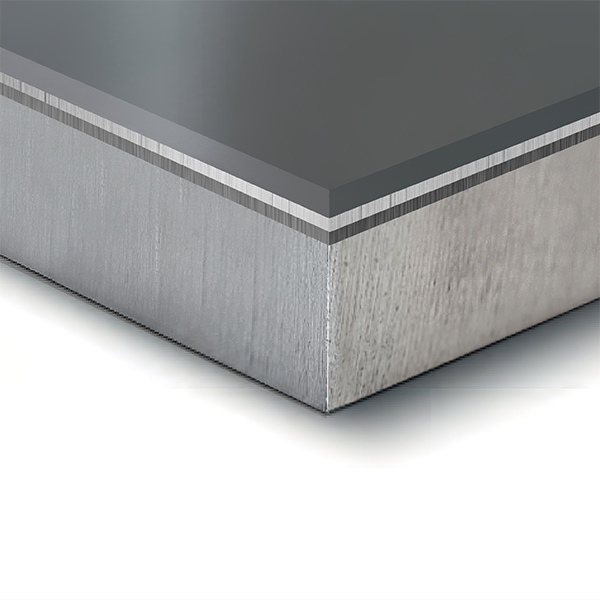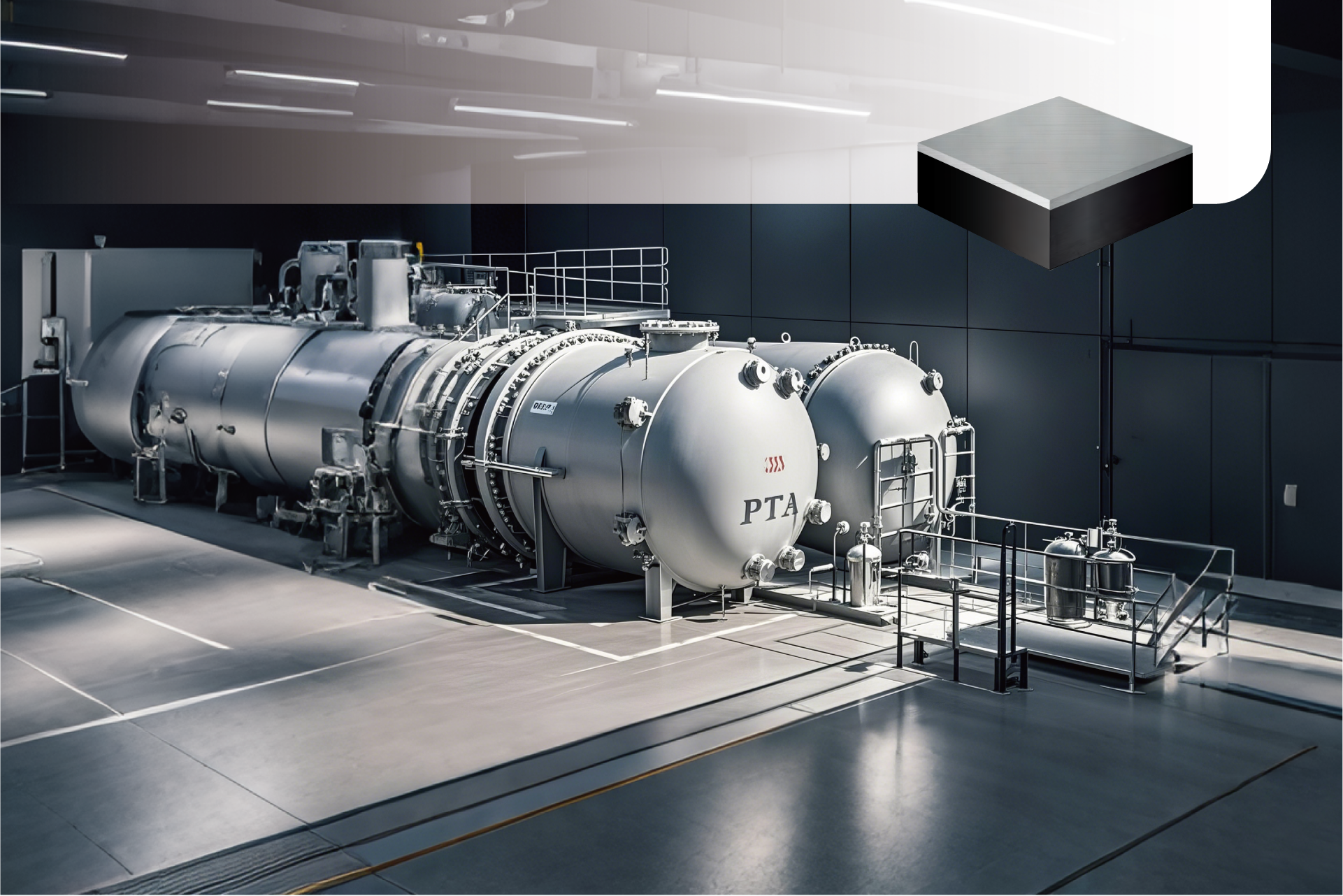
Titanium Clad Plates
Titanium is a lightweight metal known for its high strength, excellent corrosion resistance, and outstanding performance in both high and low temperatures. Titanium clad plates are materials made by bonding titanium sheets with carbon steel or stainless steel. These clad plates combine the corrosion resistance of titanium with the cost-effective, high-strength properties of steel, addressing the limitations of conventional stainless steel, which is prone to pitting and stress corrosion in chloride environments.
With superior corrosion resistance, high strength, and good plasticity, titanium clad plates offer excellent overall performance, significantly reducing production costs (by approximately 50% to 70%). They are widely used in industrial applications such as electrolytic electrodes, condensers, hydrogen storage materials, petroleum refining, and seawater desalination heaters. For example, in the petrochemical industry, equipment made from titanium-steel clad plates allows titanium to come into contact with the solution inside the vessel, while the steel serves as the outer wall. This design provides the vessel with corrosion resistance while maintaining strength and rigidity, ultimately reducing costs for customers.
In the vacuum salt production industry, the smooth and corrosion-resistant surface of titanium helps prevent salt scaling on the walls of evaporators, extending the time between cleaning cycles.
PRODUCING CONDITION
ASME SB898, ASTM B898, GB/T 8547-2019, GB/T 8546-2017, GB/T 13149 etc.
Carbon steels such as ASME SA516, ASTM A516 Gr. 55, 60, 65, 70; Stainless steels like: ASTM A240, ASME SA240, ASTM A789, ASME SA789, ASTM A182, ASME SA182, EN 10028-2, EN 10088-2, EN 10088-7 etc.
ASME SB265, ASTM B265, ASME SB348, ASTM B348, ASME SB381, ASTM B381, AMS 4901T, AMS 4911N, AMS 4905, AMS 4911, AMS 4919, AMS 4928, AMS-T-9046, DMS1592, BS TA10, BS TA56 etc
| Clad Layer THX. | TTL THX. | Max. Width | Max. Length | |
|---|---|---|---|---|
| Explosive | min. 2mm | – | 4.5m | 14m |
| Explosive + Rolling | 0.8-2mm | max. 152mm | 4.5m | 14m |
| Rolling | 0.8-14mm | 8-40mm | 4.5m | 14m |
characteristics
Different composite methods have varying requirements for the cladding and base materials. We can provide customized production based on the specific needs of our customers.
Chemical Composition
Clad layer chemical analysis (wt%) as below:
| C | Ni | Mo | N | Ti | Fe | H | O |
|---|---|---|---|---|---|---|---|
| 0.005 | 0.773 | 0.315 | 0.01 | Bal. | 0.016 | 0.002 | 0.035 |
Mechanical Performance
Mechanical performance as below:
| A.A | DIM | SQ | CTM | BR(%) | T.S Rm/(Mpa) | Y.S ReL/(Mpa) | IAE(KV2)/J (02) | E.L A/% | FBT (1802) | SS (Mpa) | U.T |
|---|---|---|---|---|---|---|---|---|---|---|---|
| C.P | PASS | PASS | PASS | 100% | 571 | 254 | – | 65 | PASS | 326 | PASS |
| A.A: Analysis Area DIM: Dimension SQ: Surface Quality CTM: Cladding Thickness Measurement | BR(%): Bonding Rate T.S Rm/(Mpa): Tensile Strength Y.S ReL/(Mpa): Yield Strength IAE(KV2)/J (0°): Impact Absorption Energy | E.L A/%: Percentage Elongation After Fracture FBT (180°): Frontside Bend Test SS (Mpa): Shear Strength U.T: Ultrasonic Testing |
|||||||||
Third Party Certificate
In accordance with ASTM A578/A578M Level B, we perform 100% ultrasonic testing (UT), ensuring a bonding rate of over 99%. Tests for chemical composition, mechanical properties, low-temperature impact, hardness, PWHT (Post Weld Heat Treatment), and HIC (Hydrogen-Induced Cracking) can be conducted as per customer requirements.
Additionally, we provide EN 10204 – 3.2 certification.

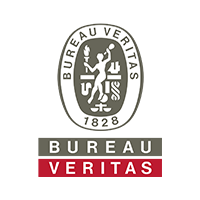

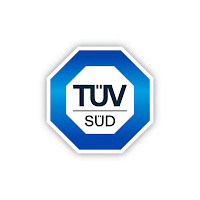

CERTIFICATION
The company has achieved ISO 9001 Quality Management System certification, ISO 14001 Environmental Management System certification, and Occupational Health and Safety Management System certification. Other certifications, such as PED and API, are currently in the application process. Our clad plate products have also received CE certification for pressure vessels, while our marine clad plates have been certified by six national classification societies, including CCS, DNV GL, LR, BV, RINA, and ABS.
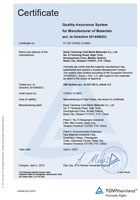
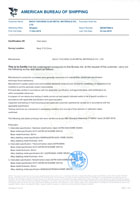
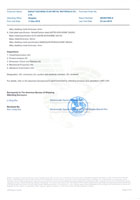
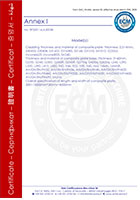
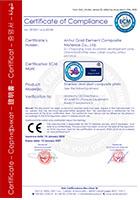
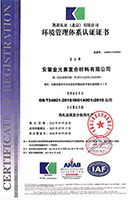

DELIVERY AND PACKING
Below is our standard packing method for export transportation, for other special requirements from our customers, we can customize. The surface of the clad plates is covered with a PE plastic film, followed by a layer of hard cardboard for protection. The outermost layer is waterproofed, and labels are applied to ensure effective identification. The product is then loaded for shipment.
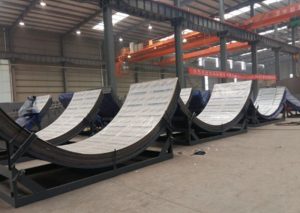
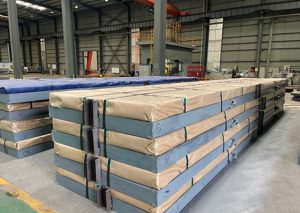
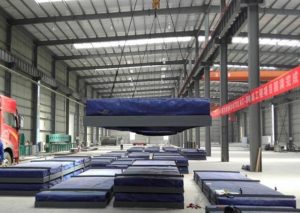
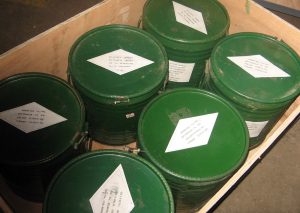
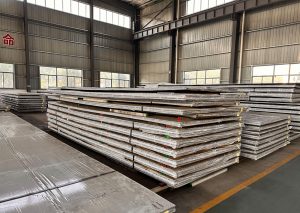

FAQ
Relative Products
Zr Ti Steel Clad Plate
Zr Ti Steel Clad Plate The zirconium/titanium/steel clad plate is a multi-layer composite material typically made by bonding zirconium, titanium, and carbon
Ti Cu Clad Rod
Ti Cu Clad Rod Titanium-clad copper is a composite material created primarily through explosive welding or rolling (with explosive welding being
Ta Zr Ti Steel Clad Plate
Ta Zr Ti Steel Clad Plate The Tantalum/Zirconium/Titanium/Steel clad plate is indeed an exceptional multilayer material. Its sophisticated design provides high corrosion
Contact

